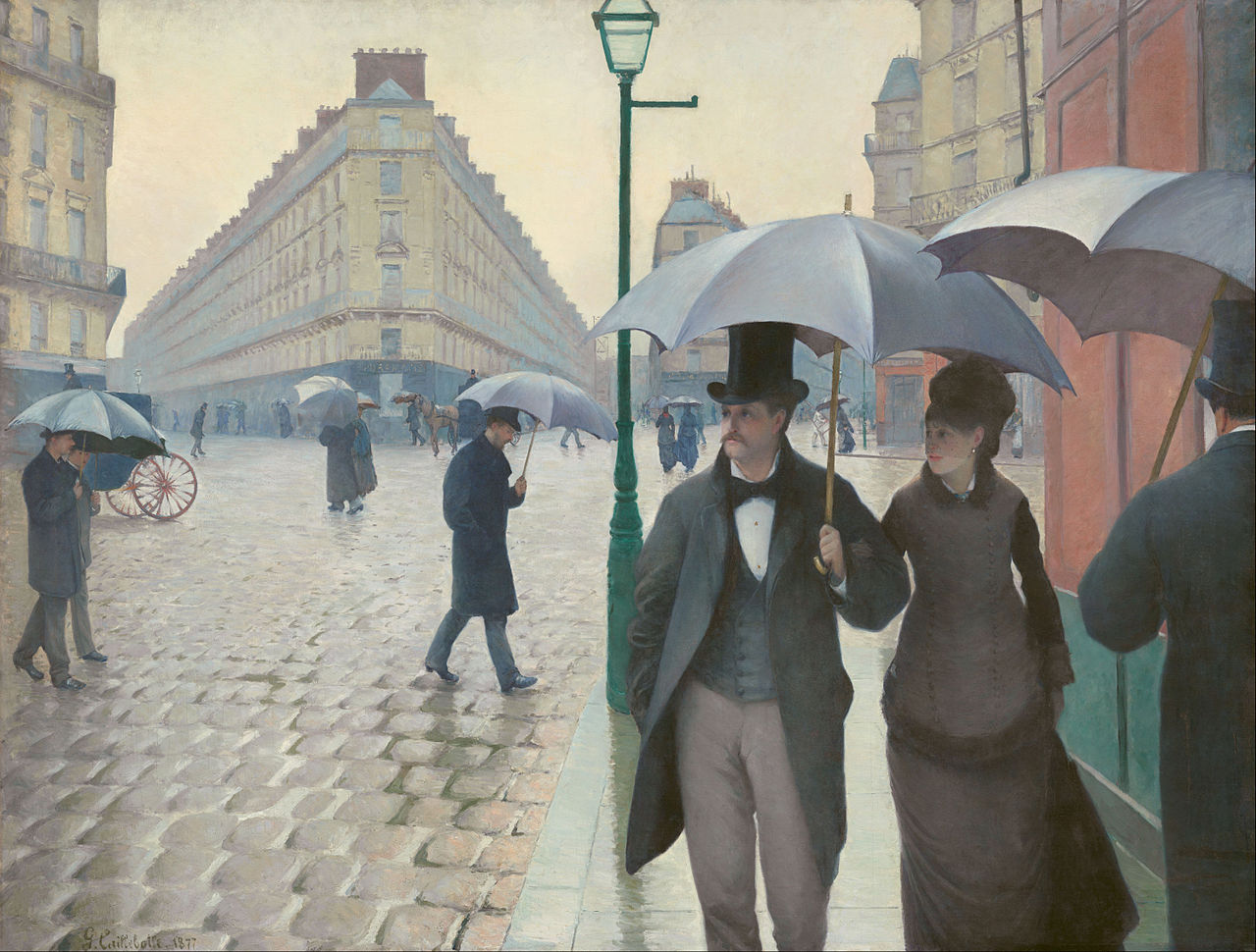
Provenance in the Fine Art World
If you’ve ever been to a fine arts auction, visited a gallery, or even simply watched The Antiques Roadshow, you’ll have heard the term “provenance.” But what is art provenance, and why is it so important?
What Is Art Provenance?
When it comes to a piece of art, provenance is a record of its ownership and the transactions performed to transfer the piece from one collection to another. The record lists galleries, art dealers, and auction houses that have sold it; exhibitions that have displayed it; and private or public collections that have owned it.
Provenance documentation may include the following:
- An earlier appraisal: An item may have been appraised to establish its value for insurance or inheritance purposes. However, considering the fact that the value of art, antiques, and other valuables fluctuate, the appraisal isn’t used to assess the current value of the item, but instead, to gauge its ownership and age.
- Listing in an auction catalog: If an item has ever been put up for sale via an auction, its listing can often be found — sometimes with photos — in the auction catalog.
- Listing in a gallery or museum’s catalog: If an item was a part of an exhibition, it will have been included in the exhibition’s catalog.
- Transaction documentation: An invoice, receipt, or bill of sale states the names of the parties involved in the sale and acquisition of an item, as well as the date of the transaction. This type of documentation can also be used as proof of ownership.
- Inventory number: If an item has ever been held in a corporate or institutional collection, it will have been assigned an inventory number. This number always remains with the work so it’s easy to tell during which time period the item was a part of the collection.
You can see examples of provenance records at Carnegie Museum of Art’s project Art Tracks.
Why Is Provenance Important?
So why exactly is provenance important to buying and selling fine art? There are three reasons.
First, it can help prove who the rightful owner of a piece is. If an item’s history of transferal is meticulously documented with inventory numbers and invoices, it raises a red flag if somebody whose name isn’t associated with any documentation tries to sell it.
The second reason is to prove the authenticity of a piece. Ideally, an item’s history of ownership can be traced back all the way to the artist who originally created it. However, irregularities in provenance may indicate that the item is fake. As ArtNet reports, in the early 2000s, a sculpture by a prominent 20th-century artist was sold at auction. It came with a certificate of authenticity and had, according to the documentation, been purchased in Paris in the late 1940s by an art history professor working at a renowned university in the United States. Several years later, the authenticity of the piece came into question. After a short investigation, it turned out that the professor never existed and that the work had actually been purchased from someone who’d previously been convicted of art fraud. Clearly, had the new owners properly checked the provenance, they could have saved themselves a lot of money, trouble, and disappointment.
The third reason why provenance is important is that it determines a large part of an item’s value. An item with no provenance can be challenging to sell, as it raises too many questions. In contrast, when an item’s ownership can be traced all the way back to the artist who created it, it becomes much more challenging to dispute its authenticity. In addition, if the item was owned by luminaries, it adds significantly to its value. In fact, by some estimates, remarkable provenance can add as much as 15 percent to an item’s resale value.
What Makes for Distinguished Provenance?
A work of art’s provenance is always important, even if previous owners were not well known. However, as we’ve seen, distinguished provenance can add significantly to an item’s value. The best provenance is ownership by royalty, politicians, actors or other luminaries; inclusion in the collection of a famous museum or gallery; or sale by a major auction house such as Sotheby’s or Christie’s. Consider the following examples:
In May 2018, Bonhams in NYC sold Nos deux portraits by James Ensor — a portrait of Ensor himself and Augusta Boogaerts, his companion. The painting was first owned by Boogaerts and was subsequently shown in Ensor’s very first retrospective exhibition, which took place at the Palais des Beaux-Arts in Brussels in 1929. After that, it was exhibited numerous times throughout North America and Europe. Thanks to this impressive provenance, the painting fetched $396,500 at auction.
In November 2018, one of the most significant Chinese artworks was auctioned by Christie’s in Hong Kong. The millennium-old hand scroll Wood and Rock by scholar, poet, calligrapher, and painter Su Shi feature a total of 41 collectors’ seals that indicate transferals of ownership — including too many renowned scholars — throughout the Southern Song dynasty, the Yuan dynasty, and the Ming dynasty. Thanks to its cultural and historic significance, as well as its remarkable provenance, the piece was sold for an astounding $59.5 million.
In March 2017, Sotheby’s NYC auction of modern and contemporary South Asian art included eight works with unusual provenance. Among them was Maqbool Fida Husain’s Untitled (Four Women), which had an estimated sale price of between $400,000 and $600,000 — but sold for $936,500. What contributed significantly to this fact was that the painting had belonged to the collection of Chester and Davida Herwitz, who are universally recognized for putting Indian modern and contemporary art in the spotlight.
Syl-Lee Antiques: Your One-Stop-Shop for Everything Antique
Do you have a piece of fine art or antique item you’d like to sell? Our experts are highly knowledgeable and offer convenient, discreet, in-house appraisals. Contact us for more information.
